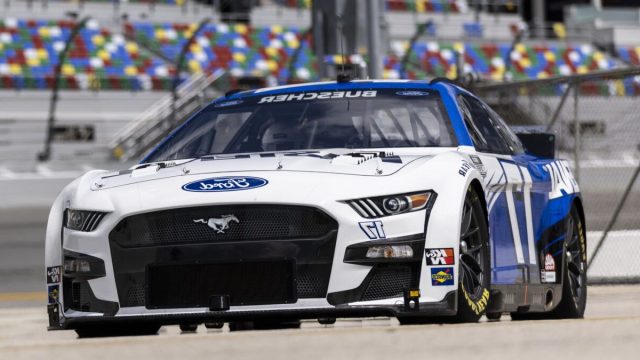Our Reader’s Queries
Who won the Aero Wars?
In the 1970 season, the Superbird and Charger Daytona from Dodge and Plymouth respectively, known as the Aero Wars, were the dominant forces. Bobby Issac emerged as the champion, thanks to these powerful machines.
Why was Dodge banned from NASCAR?
NASCAR wasn’t pleased with the speed, and the proof was clear. Buddy Baker shattered the speed record at Talladega Superspeedway, becoming the first driver to surpass 200mph. The Dodge Charger Daytona was a force to be reckoned with, dominating multiple races.
When was the Plymouth Superbird banned from NASCAR?
In 1971, NASCAR made significant changes to its rulebook, which had a major impact on the Dodge Charger Daytona, Ford Torino Talladega, Mercury Cyclone Spoiler, and Plymouth Superbird. These cars were essentially legislated out of existence, or at least out of being competitive. The new rules made it difficult for these models to keep up with the competition, and they were no longer able to perform at the same level as before. This was a significant blow to the manufacturers and fans of these iconic cars.
Who was the driver with 19 poles in 1969?
Bobby Isaac was a speed demon, always pushing the limits. His impressive feat of capturing 19 poles in 1969 still stands as the record for poles in a single season. His need for speed was unmatched, and he left his competitors in the dust.

